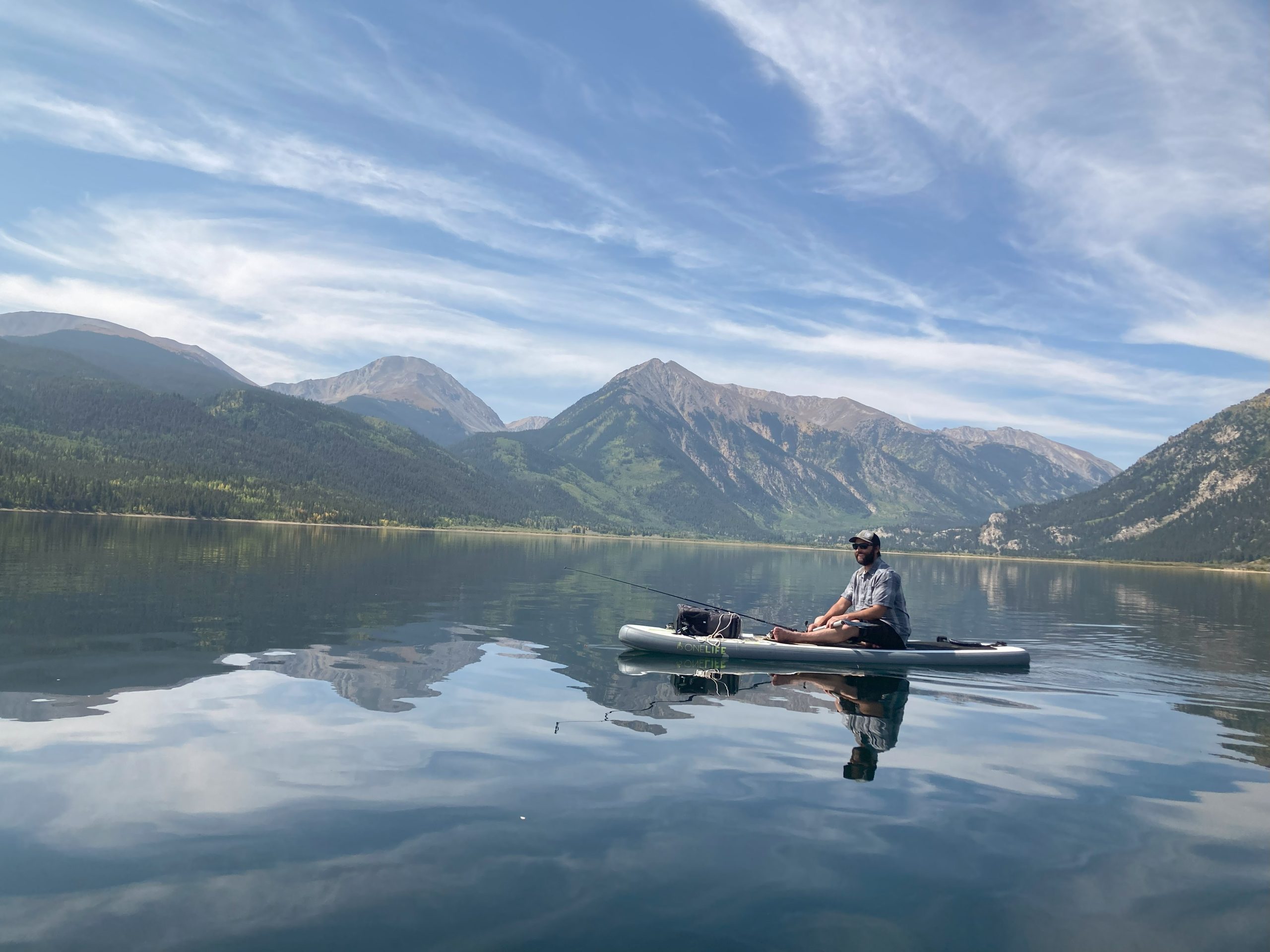Timeline

Perched at a lung-searing 10,152 feet, Leadville is a town that has never done anything halfway. It rose from the muddy boots of gold-hungry prospectors in the 1860s, only to strike it rich in silver and explode into one of the West’s rowdiest boomtowns. Outlaws and aristocrats rubbed elbows in its smoky saloons while miners clashed with tycoons in bloody labor wars. The silver crash of 1893 nearly wiped it off the map, but Leadville refused to fade, reinventing itself with molybdenum mines, mountain warfare training, and high-altitude endurance races. Today, it’s a living relic of the Wild West—where history isn’t just remembered, it’s still very much alive.

The Gold Rush Boom
Prospectors flooded the Upper Arkansas Valley during the Pikes Peak Gold Rush, but early placer mining yielded limited results. The true riches of Leadville would come later with the discovery of silver.

The Silver Bonanza
The discovery of cerussite (lead carbonate) silver ore by Horace Tabor and others in 1874 launched Leadville into one of the richest silver-mining boomtowns in the world, earning it the nickname “The Cloud City.”

The Tabor Legacy
Horace and Augusta Tabor built an empire from silver mining, funding landmarks like the Tabor Opera House (1879). Horace’s scandalous marriage to Baby Doe Tabor became one of Colorado’s most infamous love stories.

The Mining Wars
As Leadville’s mines expanded, tensions grew between mine owners and workers, leading to labor strikes and violent conflicts, including the 1880 Leadville Miners’ Strike, one of the earliest labor movements in Colorado.

The Boom and Bust of Silver
The Silver Panic of 1893 devastated Leadville when the U.S. government abandoned silver-backed currency, causing mine closures, economic collapse, and a sharp population decline.

Leadville’s Wild West Outlaws
Figures like Doc Holliday and Jesse James roamed Leadville’s streets, frequenting its saloons and gambling halls. The city’s rough reputation made it a hotspot for outlaws and gunslingers.

Leadville’s Unsinkable Woman
Margaret “Molly” Brown, who grew up in Leadville and found fortune through mining, gained worldwide fame as a survivor of the Titanic disaster, later becoming a prominent philanthropist and social activist.

Climax Mine & the Rise of Molybdenum
The Climax Molybdenum Mine, located atop Fremont Pass, became the world’s largest producer of molybdenum, a crucial alloy in steel production. It kept Leadville’s economy alive long after the silver boom faded.

Camp Hale & The 10th Mountain Division
During WWII, Camp Hale was established near Leadville to train the 10th Mountain Division, an elite skiing and mountaineering military unit that played a key role in the war effort in Italy.

Leadville Ski Joring Begins
One of the most thrilling winter traditions in the West, Leadville Ski Joring has been a staple event since 1949. Each winter, skiers are pulled by galloping horses down Leadville’s snowy streets, launching off jumps and grabbing rings in a high-speed spectacle. This blend of Old West horsemanship and extreme skiing draws competitors and spectators from around the world.

The Highest Incorporated City in America
At 10,152 feet above sea level, Leadville remains the highest incorporated city in North America, attracting adventurers, athletes, and history buffs year-round.

The Boom Days Festival
Since 1949, Boom Days has celebrated Leadville’s Old West and mining history with burro races, mining competitions, and period reenactments, drawing visitors from all over.

Leadville Race Series
Founded in 1983, the Leadville Trail 100 ultramarathon and Leadville 100 MTB race have become world-famous endurance challenges, bringing thousands of athletes and spectators to town.

The Revival of the Tabor Opera House
After years of deterioration, efforts to restore the Tabor Opera House have revitalized one of Colorado’s most historic theaters, bringing live performances back to Leadville.

The Return of Climax Mine
After being dormant for decades, the Climax Mine resumed production in 2012, once again contributing to Leadville’s economy and reminding visitors of the area’s deep mining heritage.

The High Country Snowsports Legacy
Leadville has long been a hub for winter sports, from early ski-jumping competitions to today’s backcountry skiing and Ski Cooper, a historic resort that traces its roots to the 10th Mountain Division.

Historic Downtown Leadville
Leadville’s downtown district was designated a National Historic Landmark in 1966, preserving its 19th-century architecture and Wild West character for visitors to explore.

The Lost Mines & Ghost Towns of Lake County
Explorers can visit the ghost towns of St. Elmo, Independence, and Vicksburg, remnants of once-thriving mining communities that now stand frozen in time.

Turquoise Lake & Outdoor Recreation Boom
Once an old mining site, Turquoise Lake has become one of Colorado’s premier outdoor destinations, offering hiking, fishing, and camping against a stunning alpine backdrop.

The Enduring Spirit of Leadville
Despite economic ups and downs, Leadville remains a living testament to Colorado’s rugged frontier history, blending adventure, history, and endurance in a way few places can.



